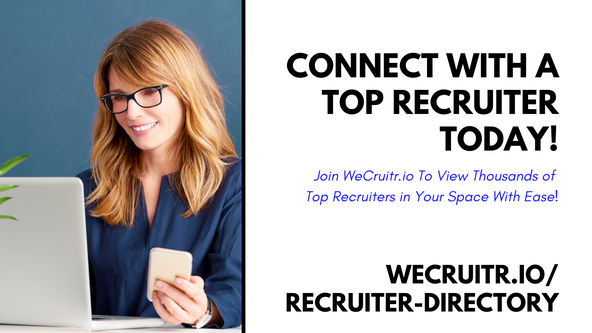
If you haven’t created a LinkedIn profile yet, don’t wait. Employers are using the site to look for and get to know candidates before they hire them. “To not have any established presence online could be concerning to an employer,” says Angelina Darrisaw, career coach and founder and CEO of C-Suite Coach.
Beyond just having a profile, you’ll want to make sure it’s properly filled in and showcases the most professional version of you. Here are three LinkedIn red flags to avoid on your profile according to career experts.
Posts that are ‘emotional, upset or angry’
Among the top sections on your LinkedIn profile is your activity section, where people can see any recent posts you’ve created and comments you’ve written on others.
One red flag for hiring managers: unprofessional activity in this section. “The drunken birthday party,” says career and leadership coach Phoebe Gavin, “let’s leave that on Instagram stories.” Same goes for any heated back and forth you might have about a topic that comes up on your timeline. “You don’t want that reflected on your professional profile where a potential employer might see it,” she says.
Avoid sharing certain grievances as well. Job candidates can get “so emotional that if an interview doesn’t go the way they wanted or they get a rejection, they don’t stop and pause sometimes before sharing how they’re feeling,” says Octavia Goredema, career coach and author of “PREP, PUSH, PIVOT.”
“Don’t post when you’re emotional, upset or angry,” she says. That might be the first thing hiring managers see when they look at your profile.
‘A lot of overlapping job titles’
Recruiters also notice inconsistencies in your job experience.
As an example of what could raise eyebrows, Darrisaw says “a lot of overlapping job titles” can make it “unclear what your actual focus is” and seem unrealistic altogether. An extensive list of bullets about responsibilities that doesn’t seem to match your length of service in each position is another red flag.
Approach your LinkedIn profile the same way you would a resume and think, “how am I telling the story of my experience and making it make sense to someone looking in?” she says.
If you really did have a lot of overlapping job titles — say you’re a freelancer or picked up some volunteer work and side hustles — find a way to explain that. “So that could be in your headline,” says Darrisaw, “multifaceted freelancer, currently working on four exciting projects.” You could also explain it in your about section.
The point is, take “the time to make it make sense,” she says.
Outdated work experience
Finally, a profile that hasn’t been updated in a few years is also a red flag. If a hiring manager sees an outdated LinkedIn profile, they ask themselves, “have you not had growth in your position?” says Darrisaw. “Is there no growth happening” in your career?
Employers want to see that you’re constantly improving your skills and expanding your know-how to ensure you’re a valuable asset with plenty of expertise. When you’ve won awards, gotten new certifications or taken on new responsibilities at work, add that.
Not updating your profile on a regular basis isn’t just a red flag, it’s an opportunity missed. “LinkedIn provides a lot of opportunity for unsolicited outreach from employers,” says Darrisaw. The more examples of your real-life work experience listed, the more proof you have that you could be a good candidate for a job — even one you’re not looking for.
When employers are “using LinkedIn to try to find candidates who might fit their needs, they need information to be able to make that evaluation,” says Gavin. If that information isn’t provided on your profile, even if you do, in fact, have the right experience, “they’re just going to move on to another profile.”
Source: CNBC


